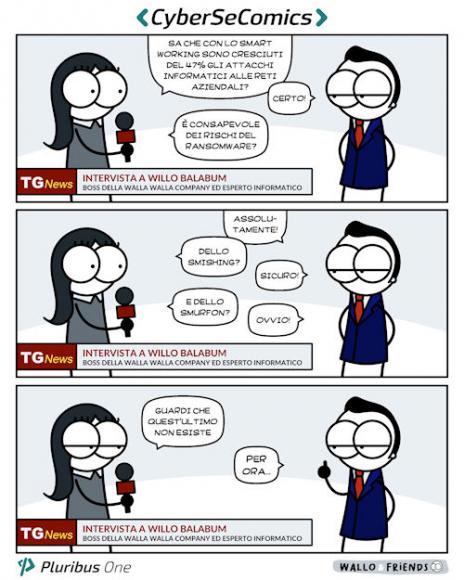Smart Working, a very popular term in the last year and a half, is the new way of working that involves different categories of workers due to the current COVID-19 health crisis. But why call it Smart Working, we could also define it "Art Working", a new environment in which a cup of milk and coffee, a sweatshirt and shorts are mixed and integrated, with a videoconference to discuss an important activity of releasing new features to the Logistics Management System, sitting comfortably from your desk. And why not, between a washing machine and another and the preparation of lunch, we will still be able to find the laptop or the smartphone to occupy one of the two hands, becoming in effect a Add-On of our body.
Lo smart working is an ongoing challenge, move the surfing of a scooter driver or motorist among the city streets, to a surfing between web pages, databases and remote connections. Home networks, consisting mainly of a modem, make transit giga and giga of data a day, a continuous flow that our devices and the algorithms contained must efficiently manage to satisfy our request for contact with the outside world. Road accidents are virtualized and we begin to witness more and more cyber incidents.
Could we talk about a primordial MATRIX?
And as happens in the matrix, this new environment hides dangers that are not easy and immediate to understand. Simple activities of cut, copy, Easter, click of a link in a Email, opening a web page among the favorites move apparently unreal objects, but in reality more real than we imagine.
A very frequent danger encountered on the net is the Phishing, a widespread form of online crime. It is basically a deception activity in which an attacker tries to find personal information and access data by pretending to be a trusted source.
According to official data released after the first lockdown of 2020, this form of crime would have increased by 600% compared to pre-pandemic levelssystem. (https://www.interno.gov.it/it/notizie/cybercrime-aumento-durante-lockdown).
Other tactics of Phishing in the process of diffusion are the QR Code Phishing and Technical Phishing. While the first is easy to understand, the second is to insert a link in an email, for example www.example1 (dot) it, while the href tag contains www.example2 (dot) com.
So how can you counter the Phishing?
Nothing could be simpler ... pay attention to sender and content of the email!












